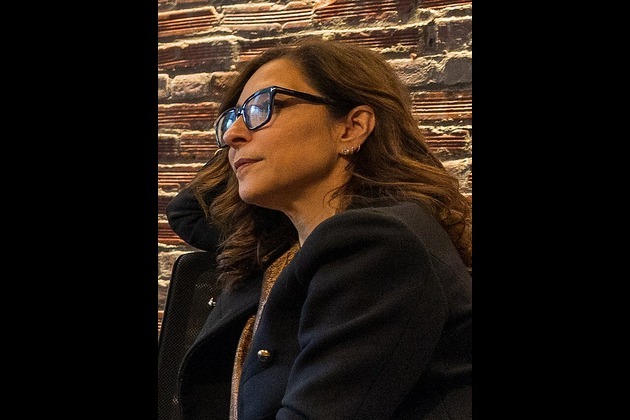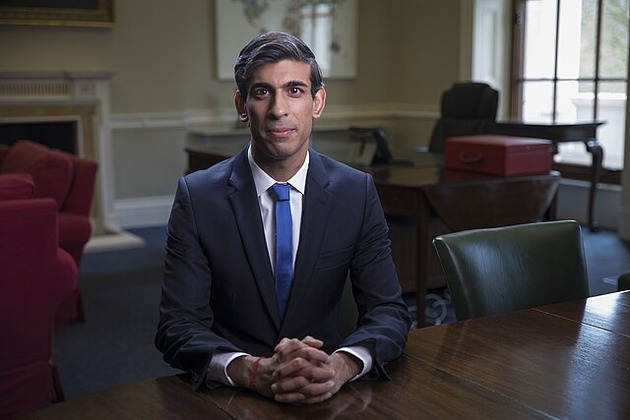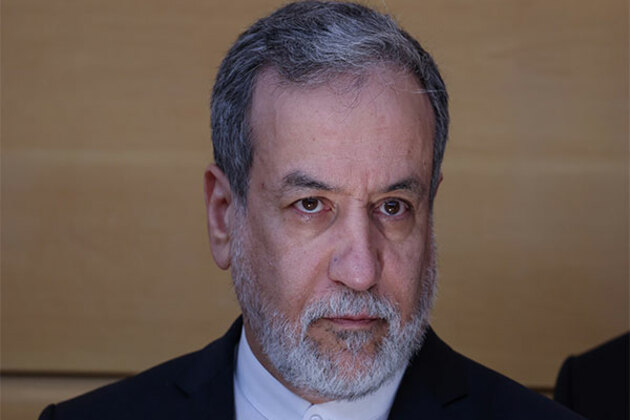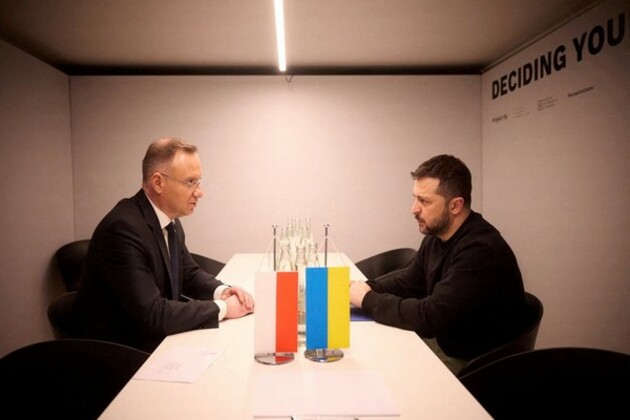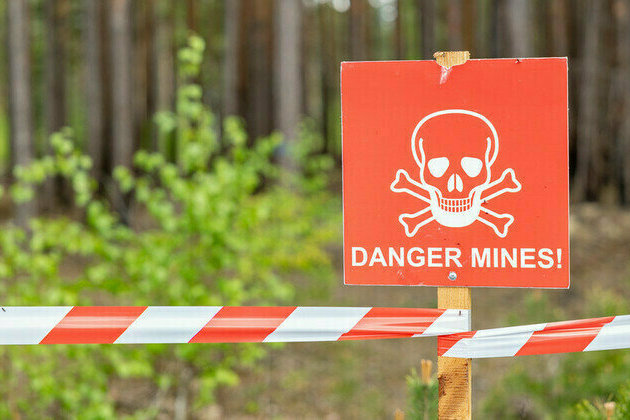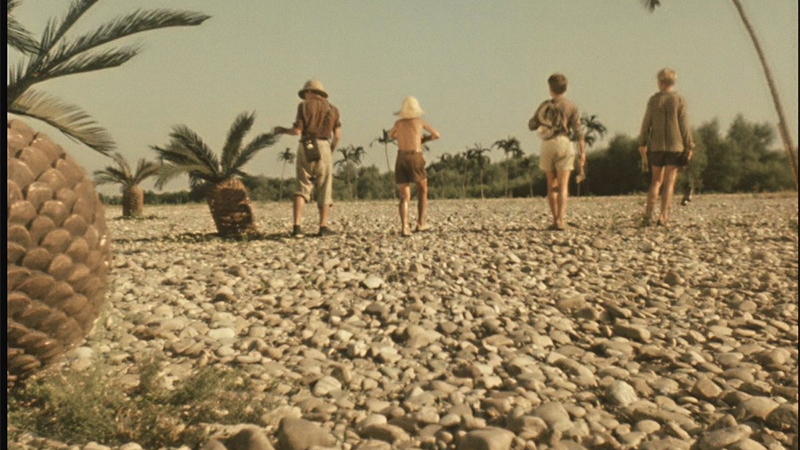Vehicle Detection And Counting System Using OpenCV
7Newswire
26 Jan 2023, 12:22 GMT+10

Introduction
Systems for detecting and counting vehicles are crucial components of a smart transportation system, especially when it comes to traffic control. Roads will be monitored by this vision-based technology, which will then identify and count different types of vehicles.
A Vehicle Detection software seeks to provide details about;
- Counting vehicle
- speed measurement for vehicles
- Identifying accidents on the road
- Forecasting traffic flow, etc.
- The Executive Summary
In this article, we'll code a system for counting and detecting vehicles. It will be sufficient to function for both still images and moving pictures. For the same, we'll be using OpenCV for carrying out all image processing operations and for detecting and counting cars and buses using a haar cascade classifier. However, you can also create your own haar cascade classifier.
Prerequisites For Vehicle Detection Software
- Python OpenCV
An image-processing library is OpenCV. It is intended to address issues with computer vision. A C/C++ library called OpenCV has been enhanced by Python.
- NumPy
The Python programming language uses the NumPy library to provide multi-dimensional arrays, matrices, etc. It is a free and open-source Python library for numbers.
NumPy offers the following;
- program integration tools for C/C++ and Fortran
- specialized operations
- a strong item for an N-dimensional array.
- features such as useful Fourier transform, random number generation, and more.
- Important Libraries Required
- # Import libraries
- from PIL import the Image
- import cv2
- import NumPy as np
- import requests
Coding Vehicle Detection Software By Using Open CV - Image
You require to extract an Image to work on then using the NumPy array start converting and resizing it.
- Image Reading With URL
image = Image.open(requests.get('https://a57.foxnews.com/media.foxbusiness.com/BrightCove/854081161001/201805/2879/931/524/854081161001_5782482890001_5782477388001-vs.jpg', stream=True).raw)
image = image.resize((450,250))
image_arr = np.array(image)
image
Now, you need a greyscale converted Image for getting better output.
- Grayscale Conversion
grey = cv2.cvtColor(image_arr,cv2.COLOR_BGR2GRAY)
Image.fromarray(grey)
After this, we'll use GaussianBlur to clean out the image's noise. One image processing approach is a gaussian blur. It is frequently used in visual design as well to lessen noise and smooth the image so that further preprocessing would produce better results. Gaussian blur approach also lessens the image's details while minimizing image noise. Here, we'll use the GaussianBlur function to implement this preprocessing method ().
- Gaussian Blur
blur = cv2.GaussianBlur(grey,(5,5),0)
Image.fromarray(blur)
Here, we'll enlarge the picture. Dilation is one of the morphological strategies in which we attempt to fill the pixels with the element, often referred to as kernels or the structured pieces, to fill the remaining spaces in the images as needed.
- Dilation
dilated = cv2.dilate(blur,np.ones((3,3)))
Image.fromarray(dilated)
We will now use the kernel to conduct a morphology transformation. Here, we're employing a morphology-Ex approach, which instructs the function to perform certain image processing tasks. The second argument concerns the necessary procedures, and you might require circular or elliptical-shaped kernels. The get structuring element method will be used to implement the morphology-Ex method in OpenCV.
- Structuring The Element With Morphology-Ex
kernel = cv2.getStructuringElement(cv2.MORPH_ELLIPSE, (2, 2))
closing = cv2.morphologyEx(dilated, cv2.MORPH_CLOSE, kernel)
Image.fromarray(closing)
- Car Cascade Detection Of Cars
To detect autos, we now require a car cascade. Therefore, we must first upload these to Collaborate (if you are doing it in Collab, add the cascade files within the same folder if you are doing it locally) and provide the path car cascade src. Here, we'll train the photos from the pre-trained XML file using OpenCV's preset CascadeClassifier function (Cascade file - car). To utilize detectMultiScale, we must detect numerous items, such as vehicles.
car_cascade_src = 'cars.xml'
car_cascade = cv2.CascadeClassifier(car_cascade_src)
cars = car_cascade.detectMultiScale(closing, 1.1, 1)
cars
The results of car cascade;
array([[376, 1, 22, 22],
[307, 4, 27, 27],
[196, 10, 28, 28],
[ 35, 2, 30, 30],
[150, 163, 68, 68],
[318, 121, 82, 82],
[101, 3, 43, 43],
[317, 66, 66, 66],
[274, 20, 38, 38],
[256, 52, 79, 79],
[245, 24, 20, 20],
[250, 35, 25, 25],
[ 63, 40, 22, 22],
[209, 88, 54, 54],
[ 13, 25, 43, 43],
[384, 84, 59, 59],
[145, 91, 53, 53],
[ 52, 44, 39, 39],
[237, 38, 49, 49],
[362, 43, 46, 46],
[268, 106, 60, 60]], dtype=int32)
We'll create a rectangle around any cars we identify using the contours that were previously returned. Here, we will observe that it will draw a red-bound rectangle around each car it finds.
cnt = 0
for (x,y,w,h) in cars:
cv2.rectangle(image_arr,(x,y),(x+w,y+h),(255,0,0),2)
cnt += 1
print(cnt, " cars found")
Image.fromarray(image_arr)
After this, the number of cars will appear on your screen depending on how many cars your Image shows.
Coding Vehicle Detection Software By Using Open CV - Video
The vehicle detection and counting will now be done in a video. We require the cv2.VideoWriter() method to generate the output video from frames or images. The first parameter is the path with the extension; the second is the codec for the output format; and finally, the parameters for frames per second, height, and width are required.
cascade_src = 'cars.xml'
video_src = 'Cars.mp4'
cap = cv2.VideoCapture(video_src)
car_cascade = cv2.CascadeClassifier(cascade_src)
video = cv2.VideoWriter('result.avi',cv2.VideoWriter_fourcc(*'DIVX'), 15, (450,250))
Now, we'll take a frame at a time from the input video, convert it to grayscale, and use a technique called car cascade to identify every vehicle in that frame. In the end, this film was created utilizing video. and the write() method. This video will be saved to the specified path by release().
Wrapping It Up!
We began by extracting the image that we would be working with before carrying out various operations. We learned how to utilize the haar cascade, which is used to detect objects, and how to use several haar cascades to detect cars. For other object detection, there are other pre-trained haar cascades that you can employ.
We have a broad reach because the haar cascade is used for object detection. It can be used to detect items, and we can design a unique haar cascade for particular objects. Share
Share
 Tweet
Tweet
 Share
Share
 Flip
Flip
 Email
Email
Watch latest videos
Subscribe and Follow
Get a daily dose of Russia Herald news through our daily email, its complimentary and keeps you fully up to date with world and business news as well.
News RELEASES
Publish news of your business, community or sports group, personnel appointments, major event and more by submitting a news release to Russia Herald.
More InformationBusiness
SectionMusk’s X loses CEO Linda Yaccarino amid AI backlash, ad woes
BASTROP, Texas: In a surprising turn at Elon Musk's X platform, CEO Linda Yaccarino announced she is stepping down, just months after...
Ex-UK PM Sunak takes advisory role at Goldman Sachs
NEW YORK CITY, New York: Former British prime minister Rishi Sunak will return to Goldman Sachs in an advisory role, the Wall Street...
Gold ETF inflows hit 5-year high as tariffs drive safe-haven bets
LONDON, U.K.: Physically backed gold exchange-traded funds recorded their most significant semi-annual inflow since the first half...
PwC: Copper shortages may disrupt 32 percent of chip output by 2035
AMSTERDAM, Netherlands: Some 32 percent of global semiconductor production could face climate change-related copper supply disruptions...
U.S. stocks recover after Trump-tariffs-induced slump
NEW YORK, New York - U.S. stocks rebounded Tuesday with all the major indices gaining ground. Markets in the UK, Europe and Canada...
Stocks slide as Trump unveils 25% tariffs on Japan, S. Korea
NEW YORK CITY, New York: Financial markets kicked off the week on a cautious note as President Donald Trump rolled out a fresh round...
World
SectionUS debt limit raised, but spending bill fuels fiscal concerns
NEW YORK CITY, New York: With just weeks to spare before a potential government default, U.S. lawmakers passed a sweeping tax and spending...
Indian Coast Guard launches awareness campaign to attract young recruits
Ranchi (Jharkhand) [India] July 11 (ANI): The Indian Coast Guard has launched a nationwide awareness campaign from July 14 to July...
"We need assurances US will refrain from military attacks during future discussions": Iran's FM Abbas Araqchi
Tehran [Iran], July 11 (ANI): Foreign Minister Abbas Araqchi has emphasised that Iran is open to resuming negotiations with the United...
Poland warns of shutting major NATO arms route to Ukraine
Warsaw [Poland], July 11 (ANI): Polish President Andrzej Duda has warned that Poland may shut down its critical logistics hub for NATO...
Europe is losing JPMorgan CEO
The regions economic competitiveness is dwindling, Jamie Dimon has warned Western Europe is losing the economic competition with...
Another NATO member pulls out of landmine treaty
The move will allow Finland to reintroduce anti-personnel mines into its weaponry stockpile as soon as January Finland has formally...

